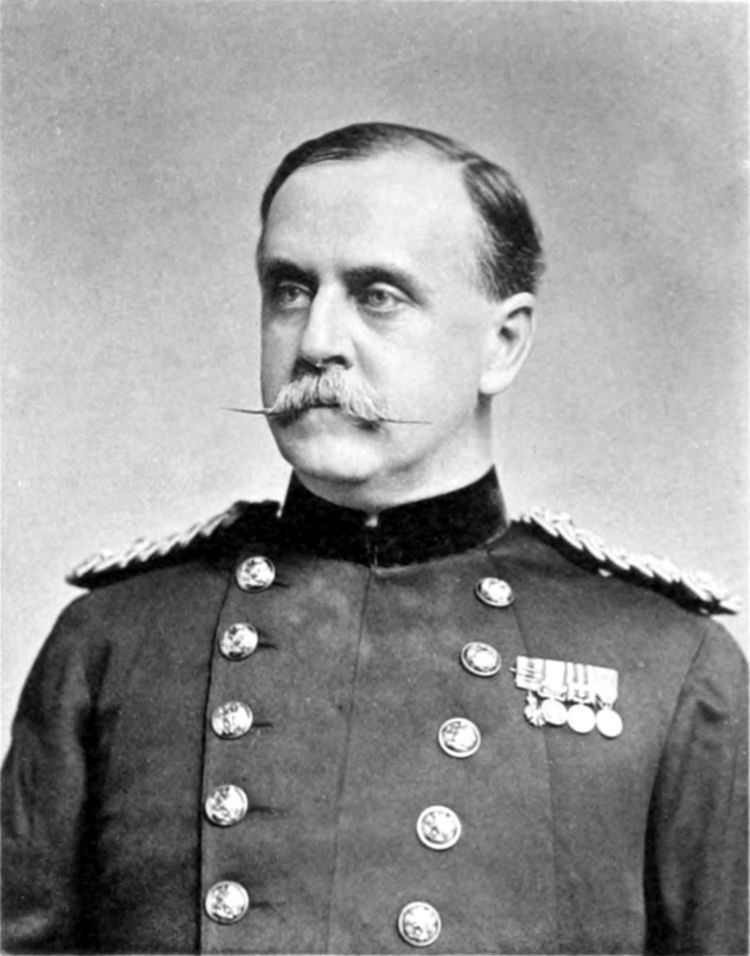Role Engineer Years of service 1854–1882 | Rank Major General Name Peter Scratchley | |
 | ||
Born 24 August 1835Paris, France ( 1835-08-24 ) Battles/wars Crimean WarIndian Rebellion of 1857 Died December 2, 1885, Papua New Guinea Education Royal Military Academy, Woolwich Awards Order of St Michael and St George Battles and wars | ||
Place of burial England, United Kingdom | ||
Major General Sir Peter Henry Scratchley (24 August 1835 – 2 December 1885) was special commissioner for Great Britain in New Guinea 1884–1885 and defence adviser for Australia.

Scratchley was born in Paris, thirteenth child of Dr James Scratchley, Royal Artillery, and his wife Maria, née Roberts. He was educated in Paris and at the Woolwich academy and then began a career as an Officer of Engineers in the British Army. Scratchley served in the Crimea and Indian Mutiny and in October 1859 was made a captain. He then had several tours of duty in the Australian colonies advising on defence. In 1860 he was sent to Victoria to plan a system of defence for that colony, but after working on this for over three years his plan was not adopted as a whole. Scratchley had, however, constructed batteries around the coast of Port Phillip by expending a comparatively small sum.
Following the withdrawal in 1870 of British garrison troops from Australia, Major General Sir William Jervois and then Lieutenant Colonel Scratchley were commissioned by a group of colonies to advise on defence matters. They inspected each colony's defences and produced the Jervois-Scratchley reports of 1877. Not surprisingly given their engineering backgrounds and the fear in the colonies of potential enemy fleets, the reports emphasised fortifications against naval attack. The Jervois-Scratchley reports formed the basis of defence planning in Australia and New Zealand for the next 30 years.
Among his achievements in Australia were:
Scratchley retired with the honorary rank of Major-General on 1 October 1882, but was still employed as defence adviser for Australia by the Colonial Office. He was appointed special commissioner for Great Britain in New Guinea in 1884, and arrived there in August 1885. Port Moresby was made the seat of government, questions of land tenure and the cultivation of the land were examined, and good relations were established with many of the natives and with the missionaries. Scratchley soon contracted malaria and died at sea on aboard the Governor Blackall on 2 December 1885. He was buried in Melbourne and then reinterred to the Old Charlton cemetery in England. He left a widow, two daughters and a son.
Scratchley was created a Knight Commander of the Order of St Michael and St George in June 1885.
Scratchley Road in Port Moresby, Mount Scratchley in the Owen Stanley Range near Kokoda, and Fort Scratchley in Newcastle are named after him.
